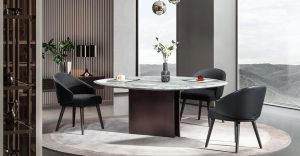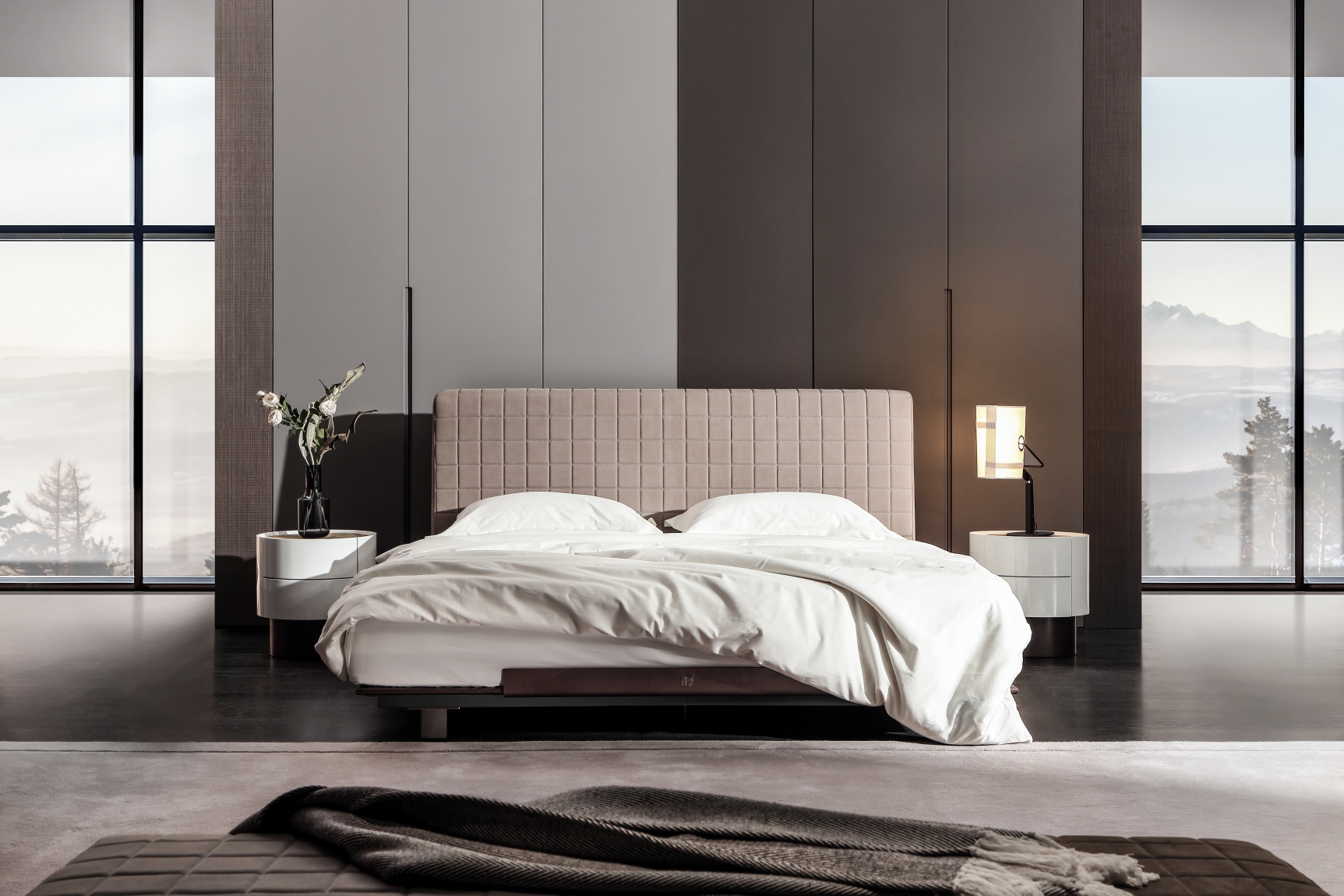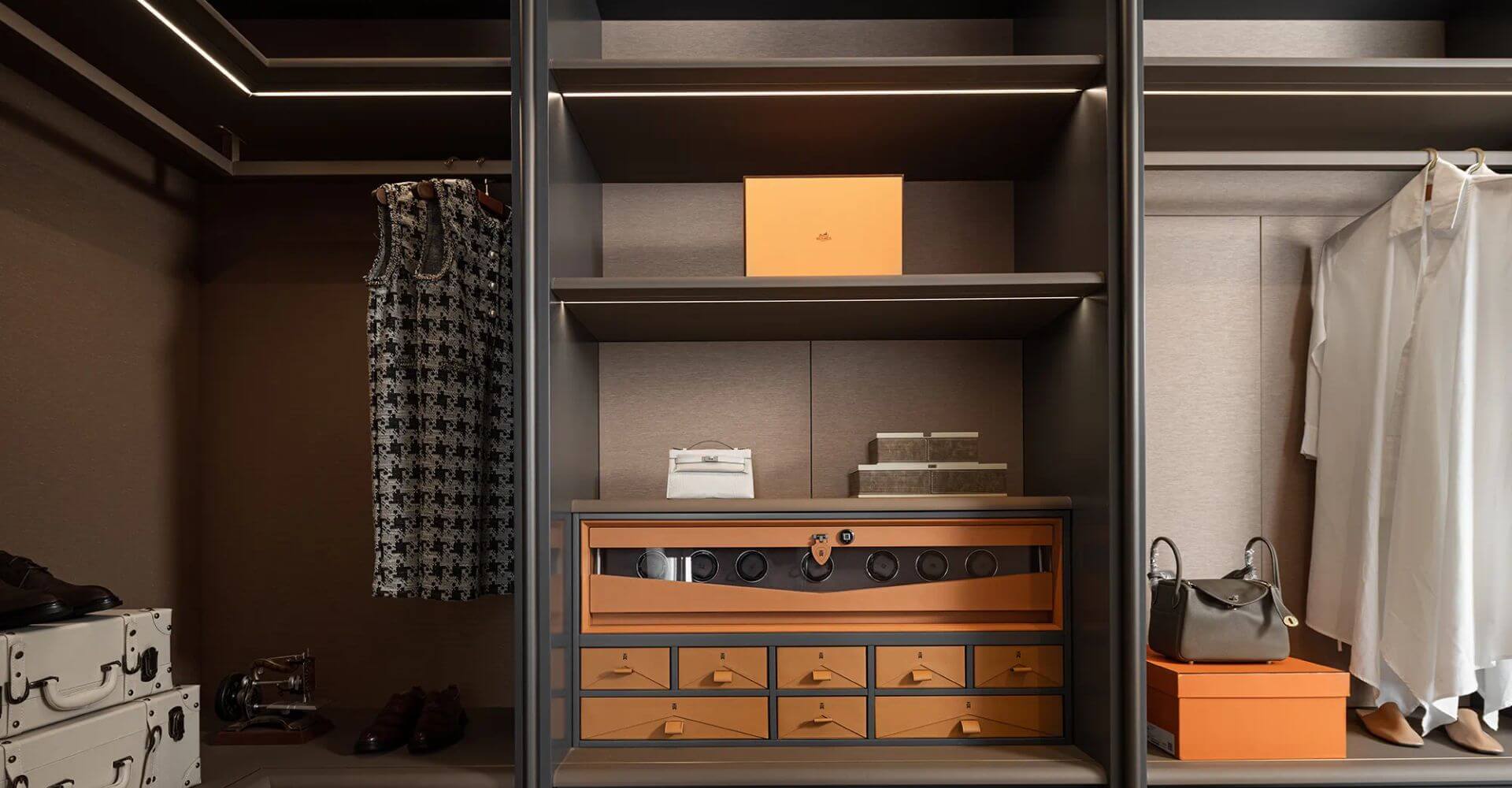The contrast in interior design is important to create visually stimulating spaces with an element of interest and balance to create visually stimulating spaces for homeowners and designers to incorporate into their homes. Whether the contrasts are visual, tactile, or material, they prevent each item in a room from looking as if it belongs to a different setting.
Light and dark contrast can easily be integrated into everyday interiors to create lively and interesting living spaces that not only represent their owners and their tastes but also meet their practical needs without clashing with each other. This technique can also transform spaces, accentuate objects to provide an illusion of depth and create an interesting visual environment.
Contrast Made Easy: A Beginner’s Guide
Before jumping into the role of contrast in interior design, one must briefly understand the basics of contrasts, which means putting two or more contrasting elements to create a clear distinction and achieve harmony. This can be done by combining light and dark colours, glossy and matte finishes or contemporary and more conventional styles of decoration.
Contrast is great because it helps focus on certain zones or items in a room so that nothing will be missed. With this understanding of the basics, architects and designers can create spaces that not only work but are beautiful and consequential.
Creating Contrast to Alter the Appearance of Spaces
Colours are one of the most important elements in determining the general atmosphere and personality of any interior while the contrast only amplifies this. Neutral colours in combination with bright colours are a perfect way to design an interior that looks classy and stylish.
For instance, combining white-coloured walls with deep navy furniture or adding brighter colours to a neutral room can create more life in the design. Preplanned contrast makes the observer’s eye move from one area to another, while every inch of the space is an element of the design yet does not clash with the overall unity.
The Effect of Textural Differences
To some extent, the haptic aspect of a space is neglected, although it can make a significant contribution to the design’s appeal by contrasting it with other aspects of the space.
Differences in textures like using a velvet sofa and a wooden or even a metallic coffee table or placing a marble-topped table against a stone wall can add depth and sophistication to a room.
All these contrasting features produce a haptic experience of space that appeals not only to the visual but also to the tactile sense, thus giving the interior a certain depth. This way of selecting textures provides a space with versatility and comfort which enhances the overall experience of the space.
Balancing Materials in Design
Using opposite materials is another good way to add contrast in interior design and come up with new combinations that can be surprising and striking. The combination of natural and artificial materials may include the use of wood, and stone together with industrial features like metal or glass.
The combination of rich, natural colours with high, glossy finishes contributes to the richness of the design and the character that the design possesses. In this way, they are in a position to ensure that these materials do not clash as they help create a blend of the practical with the artistic.
The Furniture and Accessories as Opposing Factors
Now, furniture and accessories are the easiest way to bring contrast into the interior without redoing the whole room.
When choosing pieces that will create contrast in the design, a person should choose pieces that are unique but do not clash with the rest of the interior design, for instance, an intricately designed rug in the middle of an otherwise clean-lined home or an old-fashioned armchair in a modern home.
The position of these elements is also crucial because they should create visual emphasis and give identity to the place. The right contrasts can help to change the mood of a space and elevate the design without cluttering it.
Use of Light and Shade for Creating Drama
Lighting is an important element of contrast in interior design which helps create completely different perceptions of space, as well as emphasize certain elements. Light and shadow as weapons in the battle for creating space size and depth, structure and mood, can offer a taste of home that is anything but bland.
For example, using ambient, task and accent lighting can create a contrast of texture and colour thus giving the space an interesting depth. Using natural and artificial light together can also help to improve the look of the interior and make the design work well at any time of day.
The Use of Contrast through Patterns
There are patterns and other ways to create contrast as they help avoid the monotony of interior design and add some flair. Wearing Pac-Man-like shapes combined with flowers or stripes combined with checks and other more complex patterns can work well and add interest to the layout.
These patterns can be adopted through wallpapers, furnishing or decorative items and help give the room a new personality. With the use of patterned fabrics, the use of solid colours or minimalistic furniture, the design can be made to look harmonious.
Recommendation
For those looking for a contrast in interior design and want to achieve the best results, LA MAISONAIRE is here to provide unique services and ideas that will help bring your ideas to life. Our passion for design innovation guarantees that each home project is a harmonious combination of form and function – your interior spaces will be special. Head over to LA MAISONAIRE for more services to make your space fabulous.



